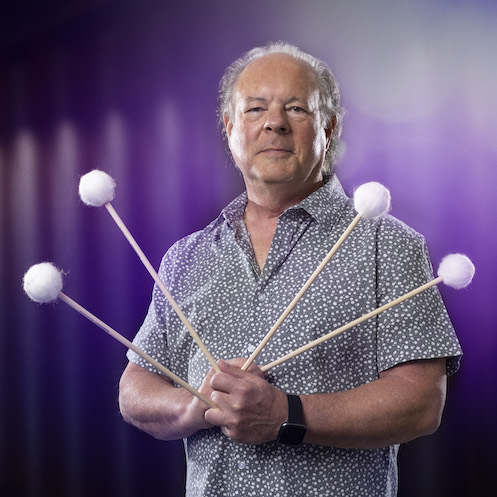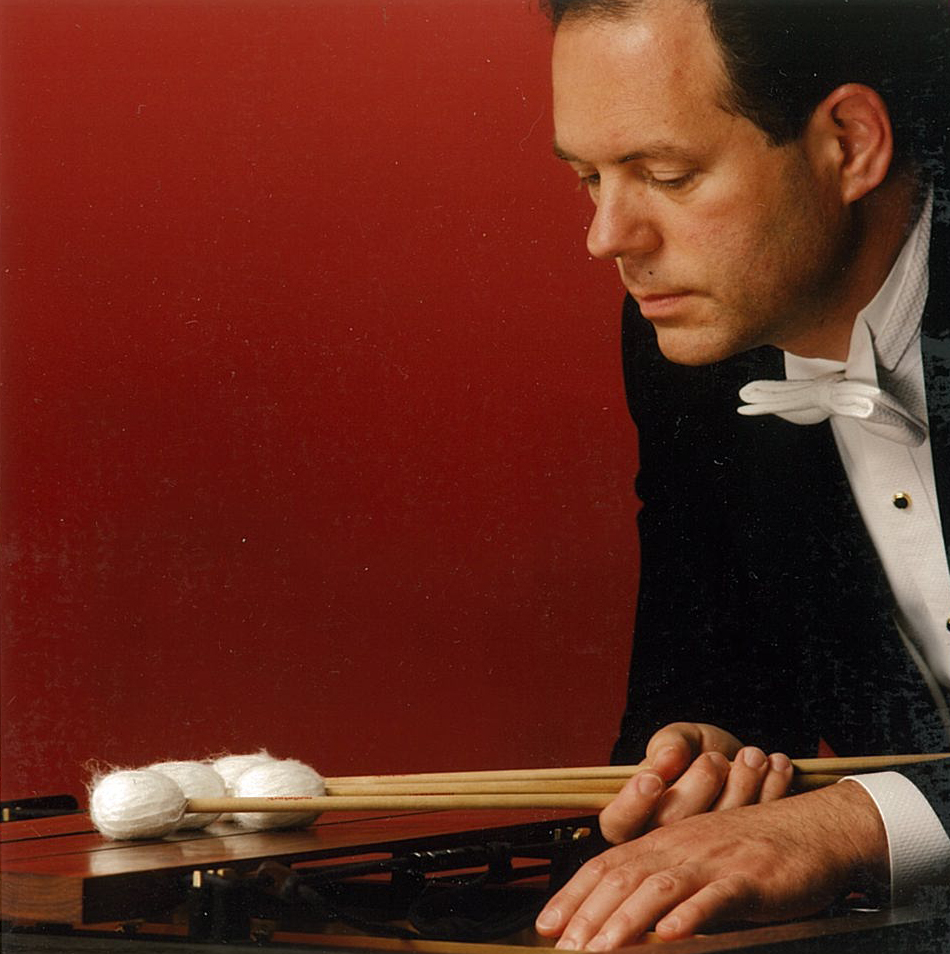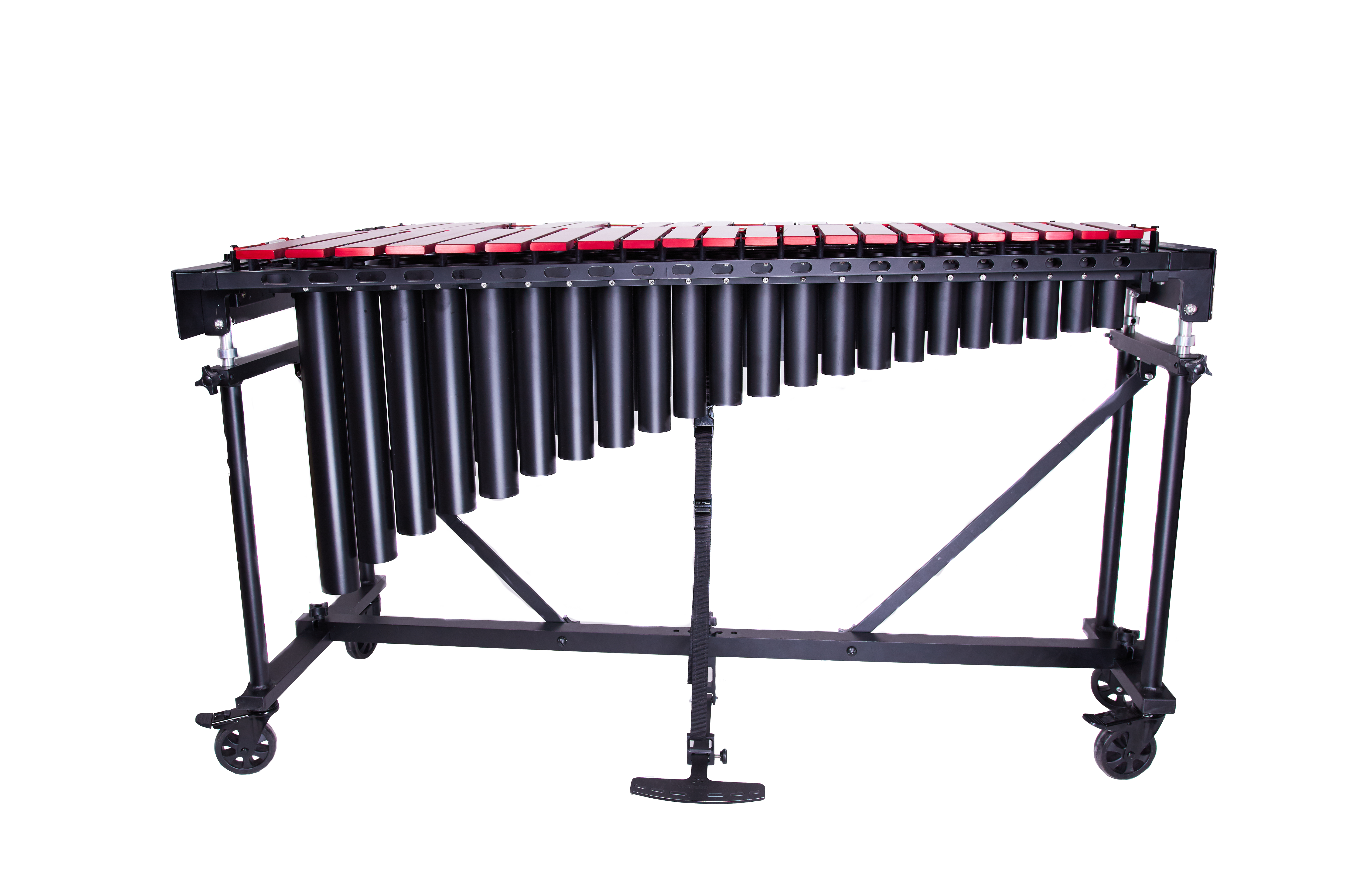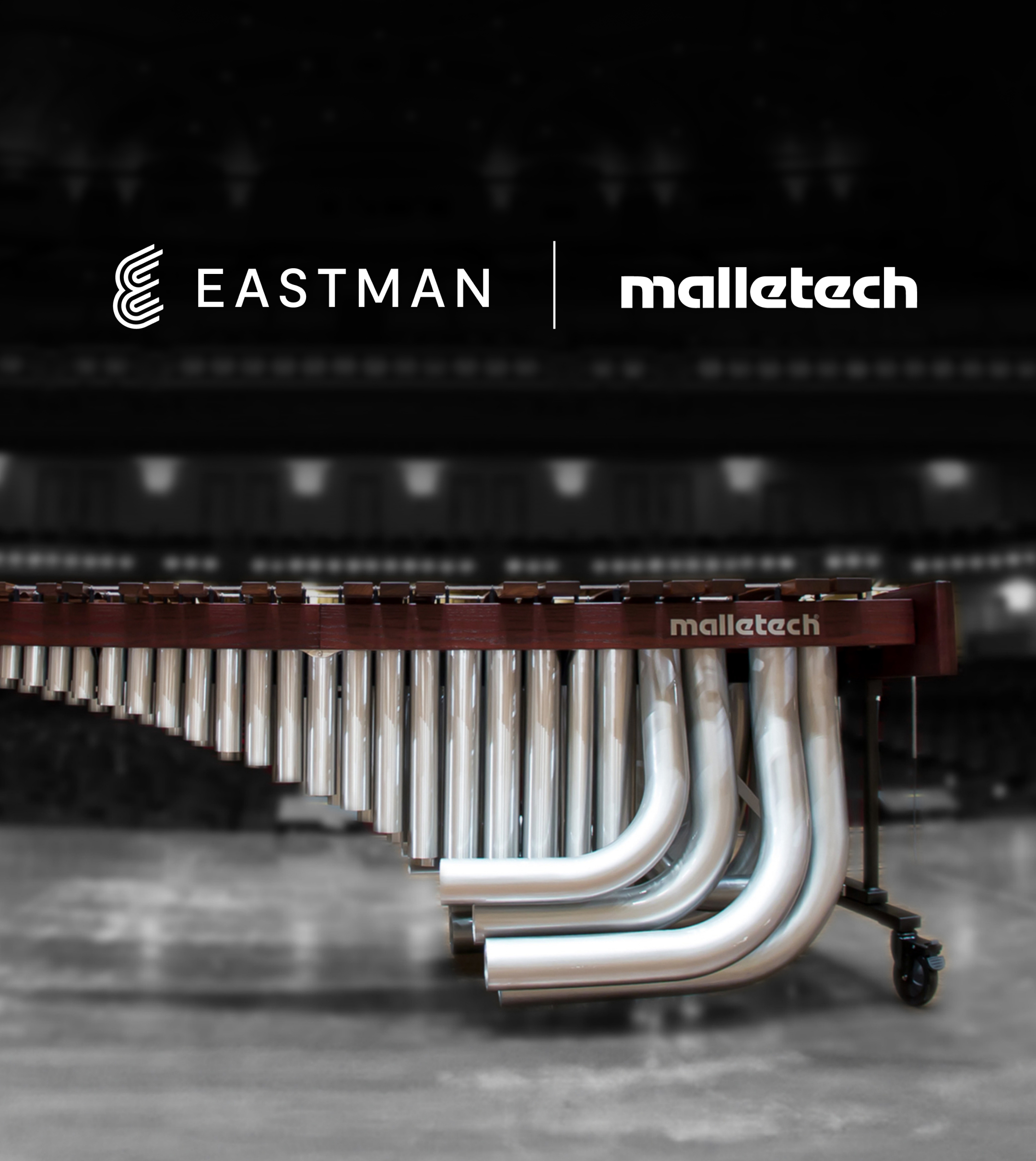In the late 1970s through the early 1980s, many customers were telling Musser that they had “lost their mojo” (or whatever the term was at the time), and that their instruments just didn’t sound as good as “the good ol’ days.” Leigh had played a Musser M250 “low-A” marimba since high school and was one of the most vocal complainers – particularly about the tuning of the resonators. Eventually the management of Selmer/Ludwig/Musser said something like, “OK smarty pants – let’s see if you can fix it.” So in the early 1980s Leigh was hired as an acoustic consultant for Musser. During his frequent visits to the Musser factory, then located in LaGrange Illinois, he stayed at the home of William Ludwig Jr. and was “chauffeured” to work every morning by that famous icon of the musical instrument industry. Over a period of years, Leigh improved the tuning systems of the bars and resonators of many of the models of marimbas, vibes and xylophones. During this time period, Kori and Yamaha were beginning to make inroads into Musser’s dominance of the marimba market with 4.5 (low F) range marimbas. Selmer management asked Leigh to design an instrument to compete with them, and the result, was the M450 LHS “Plus One” 4.6 (low E) range marimba.
Leigh’s design was the first commercially available marimba made with a furniture-grade all-wooden frame (rock maple), which replaced the fake “leatherette”-wrapped frame components that were standard on even the most expensive instruments of the day. (Amazingly, some manufacturers still use vinyl-wrapped frame components because of the low cost.) It was also the first with an integrated patented height adjustment and tunable resonators (well, the tunable resonators had not been seen for a few years (1916!) – but that’s a story for another time and place). This instrument soon became the flagship of the Musser line and is still manufactured today as the 4.6 range M450 and the 5.0 range M500. In the late 1980’s and early 1990’s the LHS “Plus One” became the best-selling extended-range concert marimba in the world. Not least among the important features was the “plus one” aspect. Nobody knows why Kori, Yamaha and others stopped with F (bean counters?), since going one more note opened a huge repertoire of guitar literature. One of the first works to be written for LHS and that instrument was Joseph Schwantner’s Velocities.







